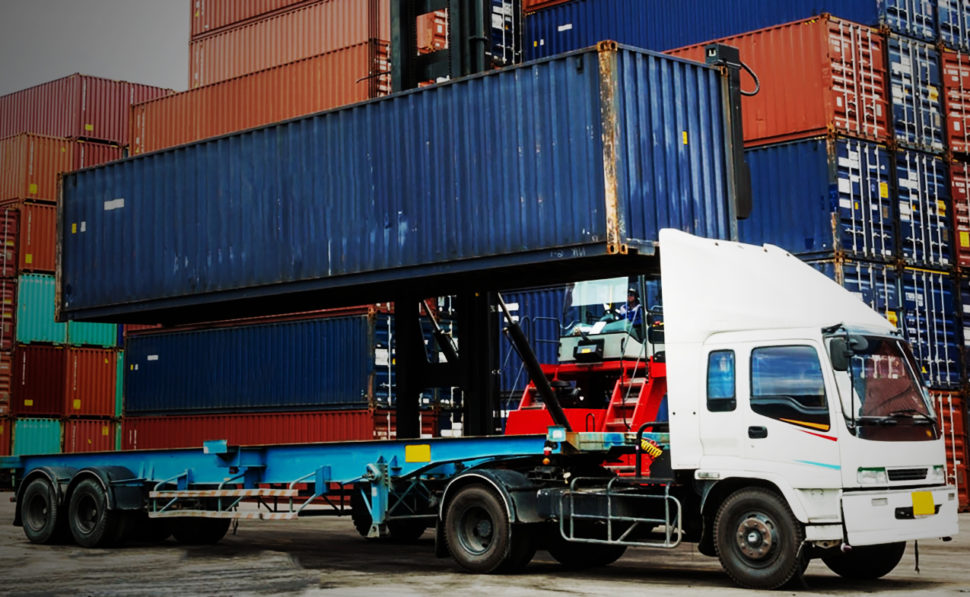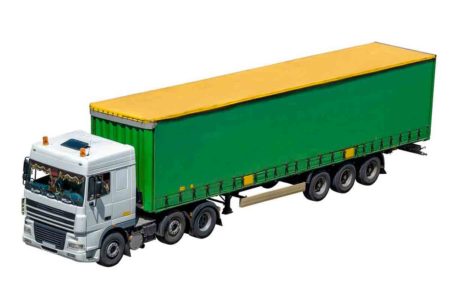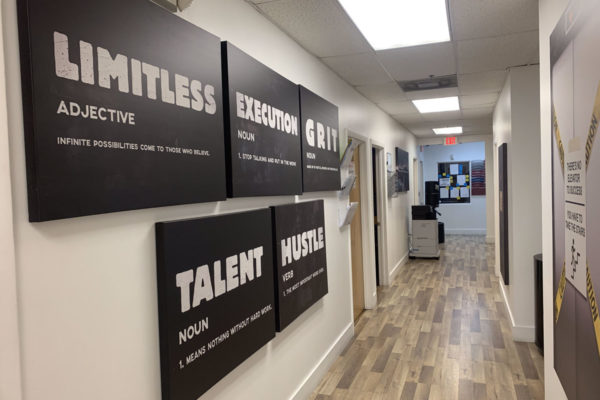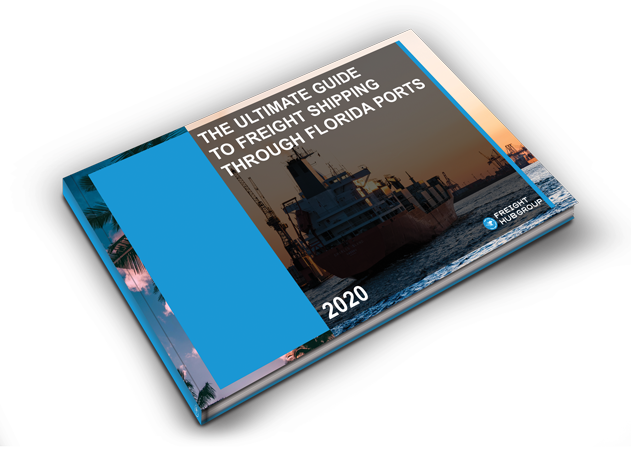
When choosing the best transportation management system, you need to consider the features and functions that it offers. For example, a TMS may plan loading space and calculate the amount of space available for different loads. It may also calculate the maximum load per vehicle and save that information as master data.
The data about item dimensions come from a freight order. Some TMS may offer a 3D load plan feature, which allows you to change the distribution of the load and the way space is used.
The benefits of a transport systems are many, including real-time visibility into the movement of freight. This means that you can track your shipments in real-time, share information with other employees, and increase safety company-wide.
Some even have features that help you capitalize on margins and plan better routes. It’s important to note that the price and features of each system vary. Nonetheless, it’s important to choose one that will meet the needs of your company.
If you’re considering an investment in a transportation management, consider what its user/customer management capabilities are. These features help your company combine transportation efficiency with customer service. For example, they can help your team to analyze customer satisfaction scores, driver hours, and costs per mode of transport. Moreover, they can keep tabs on margin data. Such data can help them improve operational workflow and increase customer satisfaction.

A TMS can be beneficial for both internal and external fleets. While it’s most popular for managing a complete system, it’s important to remember that not all of it are created equally. Some can be more complex than others, and some will be easier to use than others. For this reason, it’s critical to create a requirement document that outlines exactly what you need in a management. That way, you can make an informed decision.
A transportation management can help companies reduce costs by directing their cargo to the most efficient and affordable mode. Many systems are cloud-based, so that 3PL providers can implement them to maximize their AI operations and reduce costs.
It’s important to understand what a TMS does before deciding which one to use for your logistics. The benefits of a it should be obvious to any company looking to cut costs. There are many options available for you. The question is, “What is the best TMS for my business?”
Managing a transportation network can be difficult and time-consuming. Luckily, transportation management system software can make your life easier by optimizing all aspects of your business. Ultimately, it will reduce the cost and time of transport. The good news is, there are dozens of different types of management systems, so choosing the right one is vital to the success of your business. Don’t settle for anything less than the best – it’s worth investing in the right one.
A good TMS can save you between 5% and 15% of your shipping cost. It can automate rates, modes, and shipments. It can even cut the time of manual work, saving you seventy five to eighty percent of the time. Its cloud-based capabilities are easy to implement, and it’s affordable, too. The benefits of this solutions are many – they automate tasks that you’d otherwise have to do manually.
The rates are one of the most important tools . These rates are calculated based on rules and discounts in a TMS. The system should also have the ability to create custom rates and accommodate complicated tariffs. Another essential feature is the ability to send a quote to the client. Choosing a system that supports these features is important. It can make the process of transportation more efficient for shippers and carriers alike.
Advanced routing technology can optimize the route, avoid toll roads and other restrictions, and make a trip with the least amount of stops. The software can also plan multileg trips to reduce fuel and labor costs and optimize load distribution. This can even calculate the time it takes to load and unload a vehicle. And this is just the tip of the iceberg. Transport management are becoming essential for transportation companies.
A transportation management system should track the location of drivers and their schedules. A reliable TMS will also let dispatchers track drivers and ensure shipments are delivered on time. Dispatchers can then monitor drivers to ensure that they are driving the right route to the customer.
Moreover, this system will help the drivers keep a record of the load they carry. With these features, the transportation management system is capable of eliminating errors and discrepancies in shipping. Minor pitfalls can be rectified without affecting the customer’s shipping experience.
It provides real-time visibility into the movement of freight. It also allows businesses to monitor shipments, plan and execute their transportation plans, and track the carrier’s performance indicators. The system can even be centralized in the cloud. For added security, it can also provide accurate location data for shipment tracking. The system can also help companies reduce their transportation costs. So, what are the essential features of a transport management system?
TMSs should have advanced reporting capabilities and detailed insights into their operation. A transportation manager overseeing 20 different locations sending five shipments per week needs to create 100 shipping invoices and evaluate their performance. By using a TMS, he or she can store all this information in a single place. A custom report can be created to analyze discrepancies between the rate and the final invoice. This feature makes tracking the process of transportation a much simpler task.
A TMS can help shippers prevent missed orders, delayed shipments, and damaged packages. It can also help them track orders in real-time, generate optimal routing plans, and synchronize delivery processes with customer expectations. In short, it is essential for a company’s logistics operations. If a company can take advantage of all of these features, it can improve its supply chain. The advantages are many.
Getting the most out of your management system is important if you want to achieve the maximum benefits. While features are important, they can also distract from other considerations. For example, a management system with only limited integration capabilities is unlikely to be an excellent choice for a mid-sized shipper.
If your company needs to manage thousands of monthly shipments, don’t overlook integration capabilities. But don’t let this deter you from choosing a transportation management system solution.
A TMS software application that helps companies monitor and maintain their entire fleet of vehicles. Using a good system, can manage cost, place value, drivers, service records, and route optimization. It acts as a central computer system for managing vehicles and can conserve fuel, improve customer retention, and increase efficiency. This can also help with cycle times and cost logistics.
A Transportation Management System (TMS) makes it easier to coordinate multiple tasks, including EDI and carrier shipment. It can automate the entire process, including emailing delivery estimates and sending truck location updates. This way, companies can spend less time doing manual tasks and increase their efficiency. Furthermore, it can help companies avoid costly mistakes. The benefits of this system are numerous. Here are some examples:
A TMS allows shippers to monitor their transports, and it provides visibility into the status of every shipment. It helps track the status of shipments and alert users to unforeseen delays or exceptions. It does not control human error, but it can help companies streamline their operations. It is a powerful tool for companies that need to control inbound freight and third-party vendors. It can also keep businesses on the cutting-edge of technology.
A TMS connects the shipper with the carrier, and it works to optimize delivery by choosing the most efficient mode of transport. This technology isn’t just for carriers, either. In fact, it is used by shippers all over the world. Many shippers have already begun using a good system or looked for carriers that use one.
This system will save them time and money and facilitate better communication with carriers. In addition, it helps reduce costs and improve AI operations




